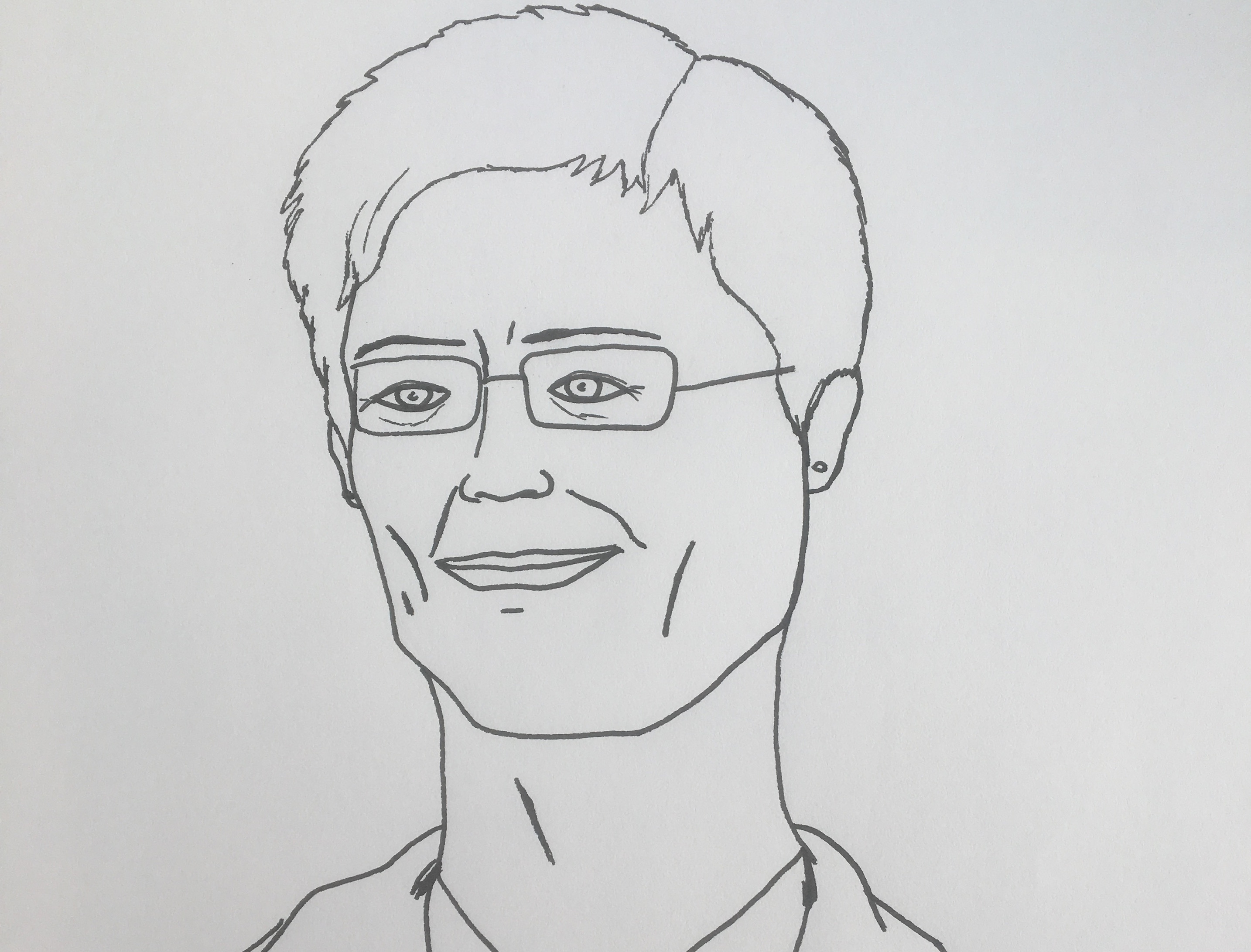CHAPTER 2
B.C.'s DecisionWhen B.C. Premier Christy Clark announced plans to introduce computer coding to the public school curriculum on Jan. 18, 2016, public support in her Liberal Party’s education platform was low.
An Insights West poll two months before Clark’s coding declaration found that though a majority of respondents thought education should be low on the government’s priority list, they also believed that the Liberals had done a poor job handling the file.
At the time, Patti Bacchus was a Vancouver School Board (VSB) trustee, on the front lines of what was already a tenuous relationship between the board and Minister of Education Mike Bernier.
“When the government came out with its announcement, it was a bit of a surprise to a lot of school boards,” says Bacchus. “While everyone supports students having the access to that kind of instruction and experience, a lot of schools — a lot of teachers — aren’t really equipped to do that. So we have schools where technology is out of date, where the bandwidth is limited, where students are sharing out-of-date technology. When they did announce funding, I think it worked out to about nine dollars a student or something, a fairly modest sum, at the same time as a new curriculum was being implemented right across the board.”
In October 2016, about nine months after the coding announcement, all nine VSB trustees were fired by Bernier for failing to produce a balanced budget. Bacchus attributes part of this to the government trying to institute coding in less than a year with a limited amount of funds available.

Patti Bacchus
Vision Vancouver Trustee
Votes: 73,551

Allan Wong
Vision Vancouver Trustee
Votes: 65,342

Janet Fraser
Green Party Trustee
Votes: 59,218

Joy Alexander
Vision Vancouver Trustee
Votes: 68,264

Mike Lombardi
Vision Vancouver Chair
Votes: 61,523

Stacy Robertson
Non-Partisan Association Trustee
Votes: 58,314

Fraser Ballantyne
Non-Partisan Association Trustee
Votes: 65,659

Penny Noble
Non-Partisan Association Trustee
Votes: 60,964

Christopher Richardson
Non-Partisan Association Trustee
Votes: 58,081
“(The) Government in B.C., and probably in other provinces, tends to jump on new things without necessarily thinking these things through,” says Bacchus.
“A few years ago it was a big push on trades … and a lot of pushing kids toward trades careers. And they’ve kind of moved away from that and now everyone’s excited about coding … they had a lot of announcements and photo ops, but there wasn’t a lot of substance there.”
The British Columbia Institute of Technology (BCIT) — a government-established public school with a focus on trades — had seen enrolment steadily increase since the early 2000’s. In recent years, enrolment in the school has only marginally increased, with the number of students growing by about 1,500 from 2011 to 2016.
When Clark unveiled the plan for computer coding in schools in the middle of January, she did it by asserting that all kindergarten to Grade 12 students would “have a chance to learn coding.” She added that she hopes that coding “doesn’t just become an opportunity for every child to take part in, but to ultimately make it mandatory for every child from kindergarten to Grade 12 to learn about coding and how it works.” This led to another statement, at the #BCTech Summit on March 14, 2016, in which she projected that “every secondary school boy and girl will speak code in 2022.”
Clark and the government also pointed to studies to support the new initiative, pointing to both the aforementioned research by the Sectoral Initiatives Program and a survey of just under 10,000 students that was administered between 2013 and 2016. In that questionnaire, B.C. secondary students in their graduating year of public school were asked whether or not they thought school was preparing them for the future. Fewer than a quarter of those surveyed answered in the affirmative, according to an analysis of the government’s open data site. A similar question was asked to parents about their kids, and, while the rate of positive answers was higher than that from the students, it still hovered around 38 per cent.
The government says it took the feedback seriously. “The world is changing and parents expect us to make sure kids get the skills they need to succeed in that changing world,” said the education minister in an emailed statement. “Every student is going to have the opportunity to experience basic coding by the end of Grade 9 under the new curriculum. This gives young people a head start and helps open up a path to the tech sector through post-secondary education and the workplace.”
The decision to implement coding had been in the works months before Clark’s announcement. In a letter to school superintendents in November 2015, deputy education minister Dave Byng noted that the government was moving towards introducing coding into schools. But the informal process had started before then. In June 2015, Tim Winklemans, in charge of Custom Programs for the Ministry of Education, was at the forefront of designing a questionnaire to provide guidelines as to what that curriculum would look like.
According to documents obtained through the Freedom of Information and Protection of Privacy Act, the questionnaire was designed like a FAQ section of a website, asking and answering questions as to what coding education would look like to give ministry officials a guideline in handling questions from the public.
“How have ICT and technical skills been integrated into the curriculum?” asks the first question. The answer provided is long-winded, and doesn’t accurately depict the strategy that was mapped out by the government, or how the new curriculum was actually applied.
The actual answer about how the information has been put into practice in B.C. will be attempted in the third chapter, but further emails in the FOI document show the steps Winklemans and the government took in attempting to bring the curriculum to schools.
When the Ministry of Education was deciding whom to put on an advisory board to work on the coding curriculum initiative, David Morel, assistant deputy minister to the ministry of technology, innovation and citizen services, emailed two men with government ties.
Morel reached out to Greg Caws, then president and CEO of the British Columbia Innovation Council (BCIC), a Crown-controlled organization, and John Jacobson, himself the former president and CEO of the BCIC.
In an email reply to Morel, Caws noted four traits a representative would need to satisfy:
-
They need to have coded;
-
They need to be raising or have raised kids in B.C.;
-
They need to know about training or teaching; and
-
It would be preferred if they knew about how to teach instructors.
Caws then listed companies to consider for a government contract in order of preference: BCIC; MacDonald Dettwiler & Associates; Hootsuite; Slack; Global Relay; and Bench.
A search on the federal government’s website defines the BCIC as a “program or service that provides support to a wide range of firms, with no specific emphasis on innovation or technology.”
Caws recently left his position at the BCIC and, as of Aug. 1, holds the title of technology and innovation advisor for the B.C. government.
An interview request to Caws, and the BCIC garnered no response, while a request to speak to Winklemans was not approved by the government.
In the months that followed the emails, BCIC emerged as a main partner in delivering coding curriculum to B.C. No public statement on whether the BCIC received a contract from the government to help implement was made. However, the company’s 2014/2015 financial statement reported revenues of just over $8 million, exactly two million more than what was projected at the start of the fiscal year.
The next two years have remained steady at just over $8 million, while 2017/2018 is forecast to come in at $21.5 million.